Home>Gardening & Outdoor>Plant Care & Gardening Tips>How To Lay Wildflower Turf
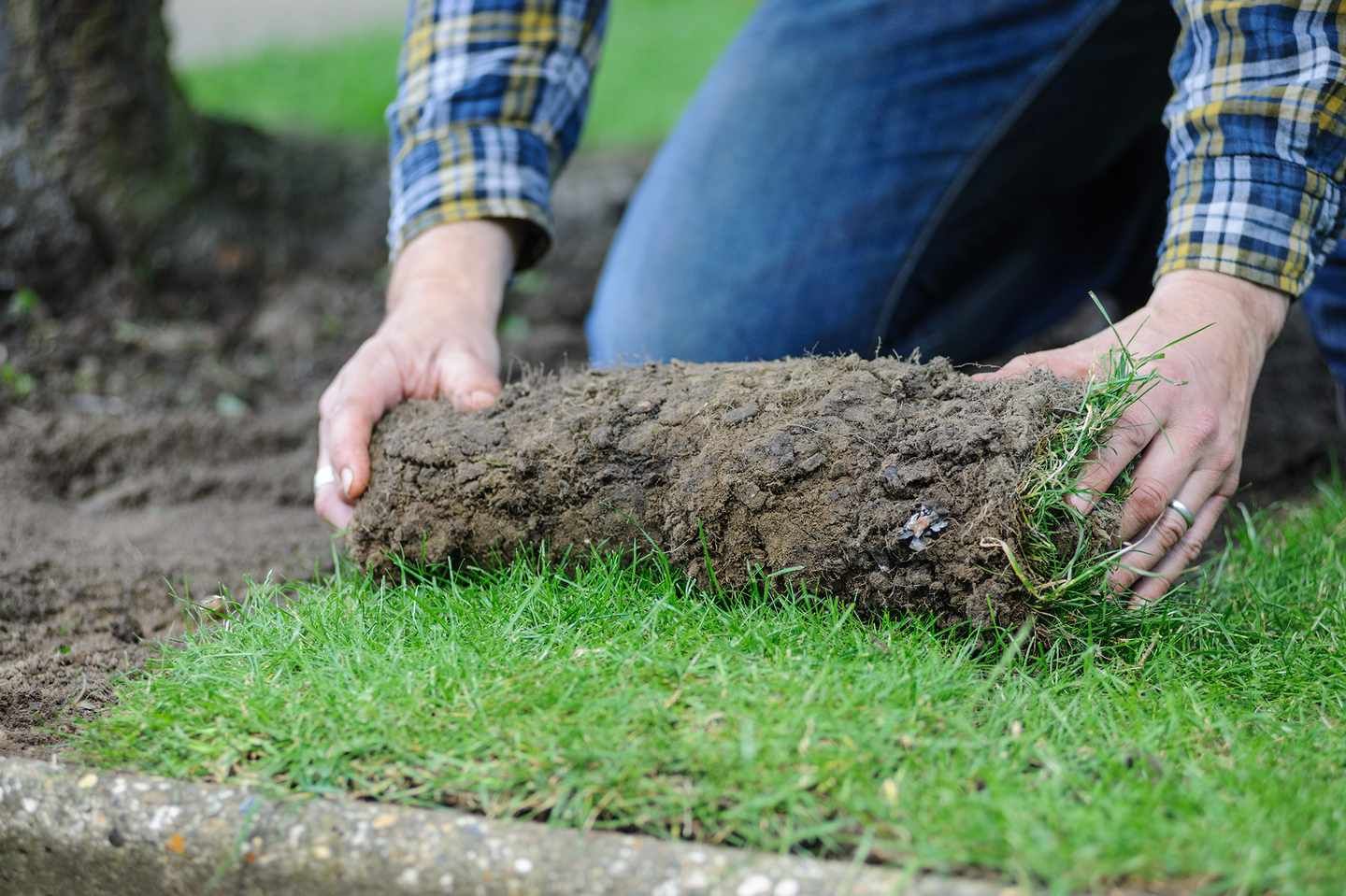

Plant Care & Gardening Tips
How To Lay Wildflower Turf
Published: December 24, 2023
Learn how to lay wildflower turf with our expert plant care and gardening tips. Transform your outdoor space with our comprehensive guide.
(Many of the links in this article redirect to a specific reviewed product. Your purchase of these products through affiliate links helps to generate commission for Storables.com, at no extra cost. Learn more)
Introduction
Welcome to the wonderful world of wildflower turf! If you’re looking to add a burst of natural beauty to your garden or outdoor space, wildflower turf is a fantastic option. Not only does it create a stunning visual display, but it also provides numerous environmental benefits, such as supporting local wildlife and promoting biodiversity.
Unlike traditional turf, wildflower turf is a vibrant tapestry of native wildflowers and grasses that are pre-grown into a biodegradable felt mat. This makes it incredibly easy to lay and establish, even for those with limited gardening experience. Whether you’re aiming to transform a small patch of land or a larger area, the process of laying wildflower turf is straightforward and immensely rewarding.
In this guide, we’ll walk you through the essential steps of preparing the soil, selecting the right wildflower turf, laying it down, and providing the necessary care to ensure a thriving and beautiful wildflower display. By the end, you’ll be equipped with the knowledge and confidence to create a stunning wildflower oasis right in your own outdoor space.
Key Takeaways:
- Transform your outdoor space with vibrant wildflower turf, supporting local wildlife and promoting biodiversity. Follow simple steps to prepare, lay, and maintain a stunning and sustainable wildflower display.
- Choose the right wildflower turf, lay it down with care, and provide attentive watering and minimal maintenance to create a captivating and enduring wildflower oasis in your garden.
Read more: How To Lay Lawn Turf
Step 1: Preparing the Soil
Before embarking on the exciting journey of laying wildflower turf, it’s crucial to prepare the soil to provide an optimal environment for the wildflowers to take root and flourish. Here’s how to get started:
Assess the Existing Soil
Begin by assessing the quality of the existing soil. Wildflowers thrive in well-draining soil with a good balance of nutrients. Test the soil pH to ensure it falls within the ideal range for wildflower growth, typically between 6.5 and 7.5. If necessary, amend the soil with organic matter or specific soil conditioners to achieve the desired pH level and improve its structure.
Clear the Area
Clear the designated area of any existing vegetation, such as grass, weeds, and debris. This can be done manually using a garden fork or spade, or with the help of a mechanical turf cutter for larger areas. Ensuring a clean, weed-free surface will prevent competition for resources and give the wildflower turf the best chance to establish itself.
Loosen the Soil
Using a garden fork or a mechanical soil cultivator, loosen the soil to a depth of around 15-20cm (6-8 inches). This process helps to improve aeration, drainage, and root penetration, creating an inviting environment for the wildflower roots to spread and develop.
Read more: How To Lay Artificial Turf Grass
Level the Surface
Once the soil is loosened, take the time to level the surface using a rake. This step is essential for achieving a uniform and visually appealing result when the wildflower turf is laid. A smooth, level surface also facilitates proper contact between the turf and the soil, promoting successful establishment.
Address Compacted Soil
If the soil is compacted, particularly in high-traffic areas, consider aerating it to alleviate compaction and enhance the movement of air, water, and nutrients within the soil. This can be achieved using a garden fork or a specialized aerating tool, depending on the size of the area.
By diligently preparing the soil, you’re setting the stage for a thriving wildflower display that will bring joy and natural beauty to your outdoor space for years to come.
Step 2: Choosing the Right Wildflower Turf
When it comes to selecting wildflower turf for your outdoor space, it’s essential to consider several factors to ensure the best possible results. Here’s a guide to help you choose the right wildflower turf for your specific needs:
Native Species Selection
Opt for wildflower turf that contains a diverse mix of native wildflowers and grasses suited to your local climate and soil conditions. Native species are well-adapted to the environment and provide essential habitat and food sources for local wildlife, including pollinators like bees and butterflies.
Read more: When To Lay Lawn Turf
Wildflower Mixture Composition
Look for a wildflower turf blend that offers a balanced mix of perennial wildflowers and grasses. Perennial species will return year after year, providing a sustainable and low-maintenance wildflower display. The inclusion of grasses not only adds visual interest but also contributes to the overall stability and resilience of the turf.
Seasonal Interest
Consider selecting a wildflower turf mix that offers a succession of blooms throughout the growing season, providing an ever-changing tapestry of colors and textures. A well-designed mix will ensure that your wildflower display remains captivating from spring through fall, attracting and supporting a diverse array of wildlife.
Site-Specific Considerations
Take into account the specific characteristics of your outdoor space, such as sunlight exposure, soil type, and moisture levels. Some wildflower turf blends are tailored for sunny, well-drained areas, while others are formulated for shady or moist conditions. By matching the turf to the site conditions, you can maximize its establishment and long-term success.
Sustainability and Origin
Choose wildflower turf that has been sustainably grown and harvested. Look for suppliers who prioritize ethical and environmentally friendly practices in the production of their turf. Additionally, consider the turf’s origin, aiming to source it from reputable growers with a track record of providing high-quality, locally sourced wildflower turf.
Read more: How To Lay Astro Turf On Decking
Supplier Reputation and Support
Research and select a reputable supplier known for providing top-quality wildflower turf and offering knowledgeable support and guidance. A reliable supplier can offer valuable advice on turf selection, establishment, and ongoing maintenance, ensuring that you have a positive experience from the initial purchase to the long-term enjoyment of your wildflower display.
By carefully considering these factors, you can confidently choose the right wildflower turf that aligns with your vision and the unique characteristics of your outdoor space, setting the stage for a spectacular and sustainable wildflower showcase.
Step 3: Laying the Wildflower Turf
With the soil prepared and the perfect wildflower turf selected, it’s time to embark on the exciting process of laying down the vibrant tapestry of native wildflowers and grasses. Follow these steps to ensure a successful and visually striking installation:
Timing and Preparation
Choose an optimal time for laying the wildflower turf, typically during the growing season when the soil is warm and moist. Before the turf arrives, ensure that the prepared soil is moist but not waterlogged to facilitate the establishment of the wildflowers.
Unrolling and Placement
Upon delivery, unroll the wildflower turf immediately to prevent it from overheating or drying out. Begin laying the turf from one edge of the prepared area, gently unrolling it across the soil. If needed, trim the turf to fit the contours of the space using a sharp knife or shears, ensuring a snug and seamless fit.
Read more: How To Lay Astro Turf On Concrete
Butt Joints and Staggering
When laying multiple pieces of wildflower turf, butt the edges closely together without overlapping, creating a seamless connection. Stagger the joints in a brickwork pattern to eliminate continuous lines and promote a natural appearance. This technique also helps prevent soil erosion and weed encroachment along the edges.
Firming and Watering
After the wildflower turf is laid, lightly press it into the soil using a roller or by walking over it. This ensures good soil contact and promotes root establishment. Water the turf thoroughly immediately after installation, and continue to keep it consistently moist in the following weeks to support root development and establishment.
Establishment Period
During the initial establishment period, minimize foot traffic and avoid mowing the wildflower turf to allow the plants to develop strong root systems and establish themselves. This period is critical for the long-term success of the wildflower display, so exercise patience and refrain from disturbing the turf unnecessarily.
Initial Maintenance
Monitor the wildflower turf regularly for signs of moisture stress, and water as needed to support healthy growth. Remove any weeds that may appear, taking care to do so gently to avoid disturbing the wildflower roots. As the wildflowers begin to establish and thrive, you’ll be rewarded with a breathtaking display of colors and textures.
By following these steps, you’ll lay the foundation for a flourishing wildflower display that will captivate and inspire all who encounter it, while providing essential habitat and sustenance for local wildlife.
Read more: How To Lay Astro Turf On Plywood
Step 4: Watering and Maintenance
After the wildflower turf is laid and the initial establishment period begins, it’s crucial to provide the proper care and attention to ensure the long-term success and vibrancy of the wildflower display. Here’s a comprehensive guide to watering and maintaining your wildflower turf:
Watering Schedule
During the first few weeks following installation, maintain consistent soil moisture by watering the wildflower turf as needed. Aim to keep the soil moist but not waterlogged, allowing the roots to establish and penetrate the soil. In periods of hot and dry weather, more frequent watering may be necessary to support the young plants.
Established Wildflower Maintenance
Once the wildflowers are established, typically after the first growing season, they will require minimal maintenance. However, it’s essential to monitor the turf for signs of drought stress during prolonged dry spells, and provide supplemental watering as needed to ensure the continued health and vigor of the wildflowers.
Seasonal Considerations
Adjust your watering practices based on seasonal variations. During the cooler months, the wildflower turf may require less frequent watering, while hot and dry periods will demand increased attention to prevent moisture stress. Observing and responding to the changing needs of the wildflower turf throughout the year will promote its resilience and longevity.
Read more: How To Lay Astro Turf For Dogs On Dirt
Weed Control
Keep an eye out for any weeds that may attempt to encroach upon the wildflower turf. Regularly inspect the area and promptly remove any weeds by hand to prevent them from competing with the wildflowers for resources. Exercise caution to avoid disturbing the established wildflowers while addressing any weed growth.
Minimize Disturbance
Minimize foot traffic and avoid unnecessary disturbance of the wildflower turf, particularly during the initial establishment period and when the wildflowers are in bloom. This will help preserve the integrity of the display and protect the delicate ecosystem that has developed within the turf.
Appreciate and Enjoy
Take the time to appreciate and enjoy the ever-changing beauty of your wildflower turf. Observe the seasonal transitions, the diverse array of pollinators it attracts, and the dynamic interplay of colors and textures. By fostering a sense of connection with your wildflower display, you’ll deepen your appreciation for the natural world and the benefits it brings to your outdoor space.
By providing attentive watering and minimal but thoughtful maintenance, you’ll ensure that your wildflower turf continues to thrive and enchant, becoming a cherished and enduring feature of your garden or landscape.
Conclusion
Congratulations on embarking on the journey of laying wildflower turf! By following the essential steps of preparing the soil, selecting the right wildflower turf, laying it down, and providing necessary care, you’ve taken a significant step toward creating a captivating and sustainable wildflower display in your outdoor space.
Wildflower turf offers a myriad of benefits, from providing essential habitat for pollinators and wildlife to adding a burst of natural beauty and biodiversity to your surroundings. As the wildflowers bloom and evolve with the seasons, you’ll witness a dynamic tapestry of colors and textures that captivate the senses and inspire a deeper connection with the natural world.
By carefully preparing the soil, choosing a diverse and well-suited wildflower turf, and following proper installation and maintenance practices, you’ve set the stage for a thriving and visually stunning wildflower display. As the wildflowers establish themselves and flourish, you’ll have the opportunity to witness the magic of nature unfolding right in your own outdoor space.
Remember to appreciate the ever-changing beauty of your wildflower turf, observe the diverse wildlife it attracts, and take pride in contributing to the preservation of native plant species and the promotion of biodiversity. Your commitment to nurturing a sustainable and vibrant wildflower display will not only enrich your surroundings but also contribute to the broader ecological health of your community.
As you continue to care for and enjoy your wildflower turf, may it serve as a source of joy, inspiration, and a reminder of the profound impact that small acts of environmental stewardship can have. Your dedication to creating a flourishing wildflower oasis is a testament to the transformative power of nature and the enduring beauty it brings to our lives.
Thank you for embracing the beauty and wonder of wildflower turf, and may your outdoor space be forever enriched by the vibrant and sustainable legacy you’ve cultivated.
Frequently Asked Questions about How To Lay Wildflower Turf
Was this page helpful?
At Storables.com, we guarantee accurate and reliable information. Our content, validated by Expert Board Contributors, is crafted following stringent Editorial Policies. We're committed to providing you with well-researched, expert-backed insights for all your informational needs.
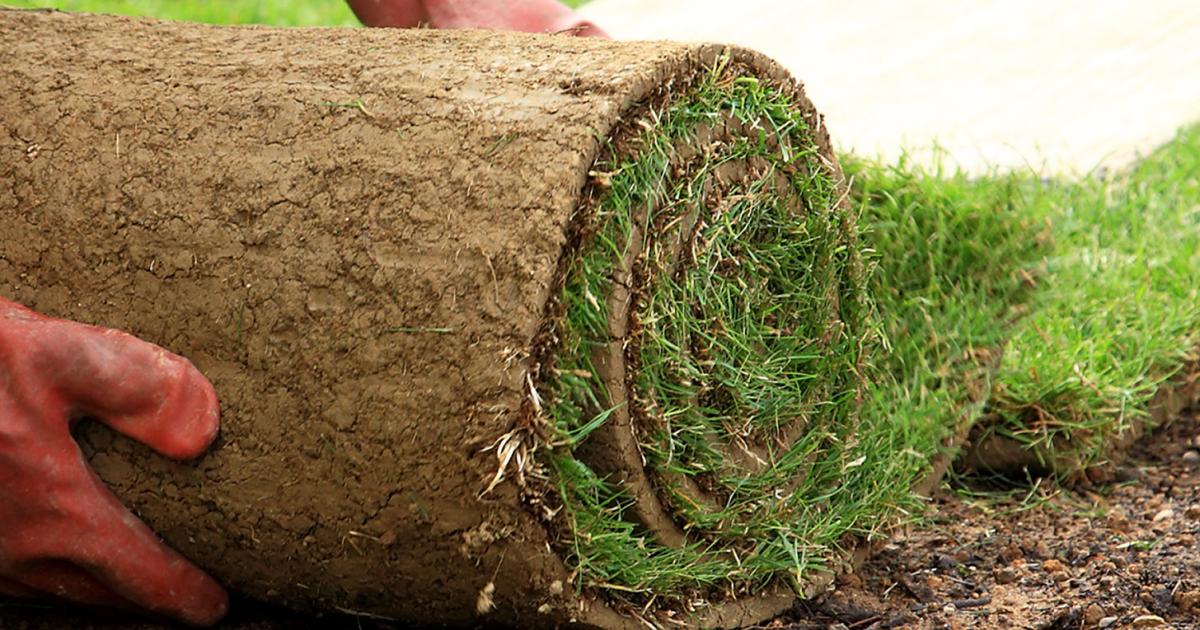
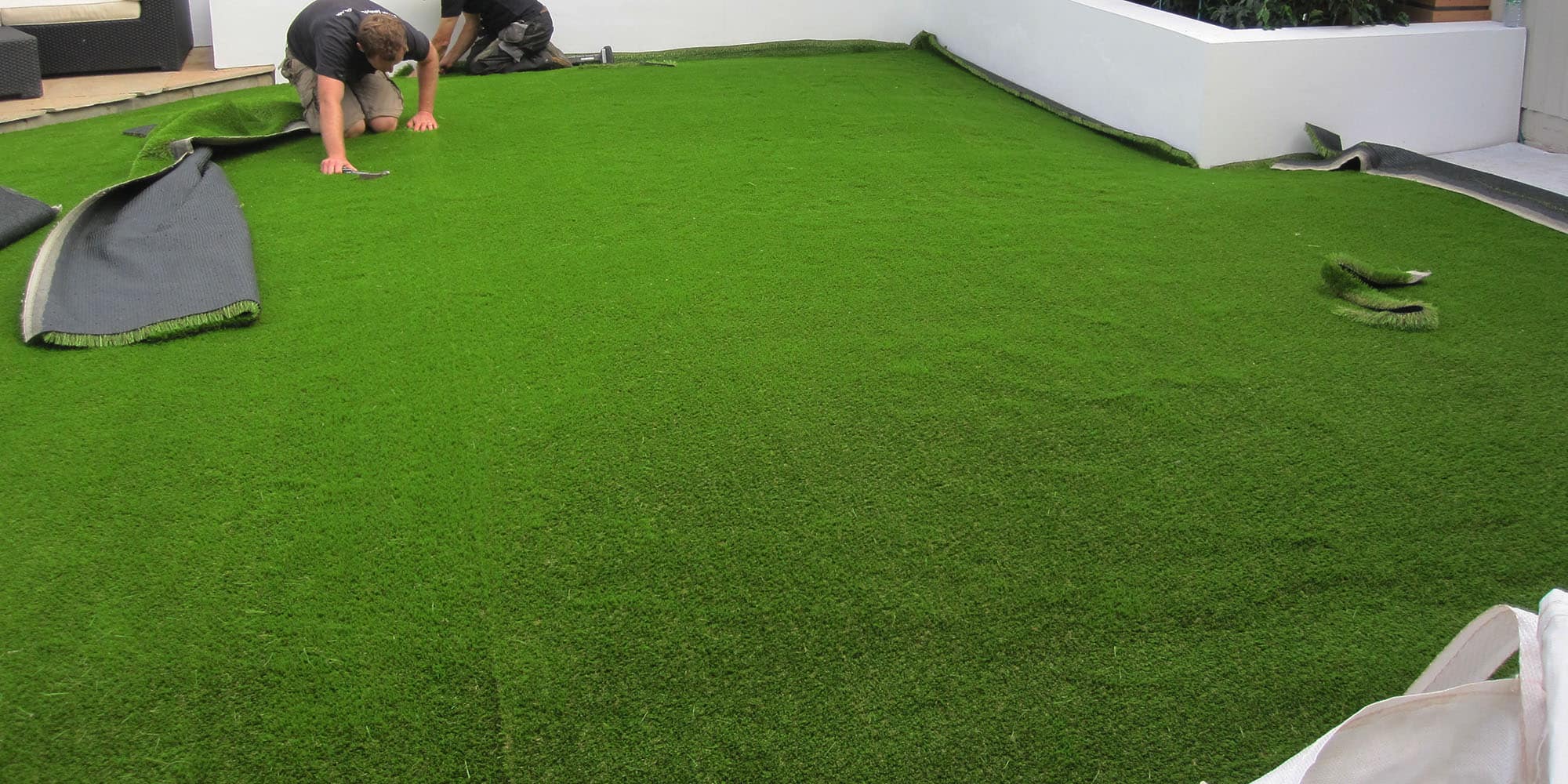


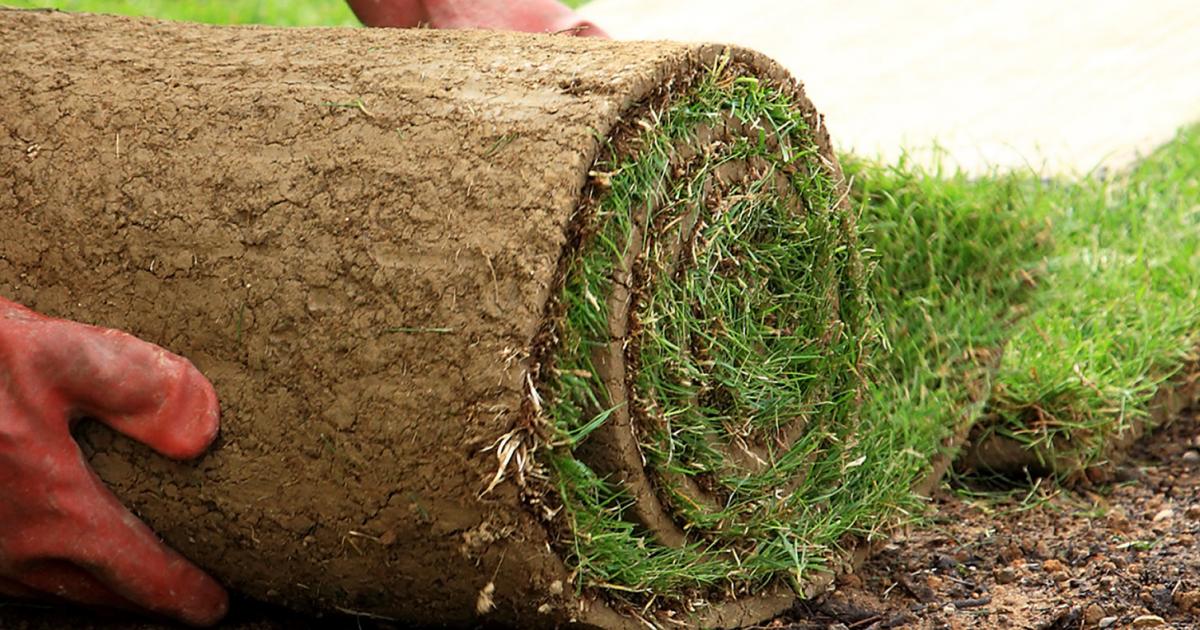
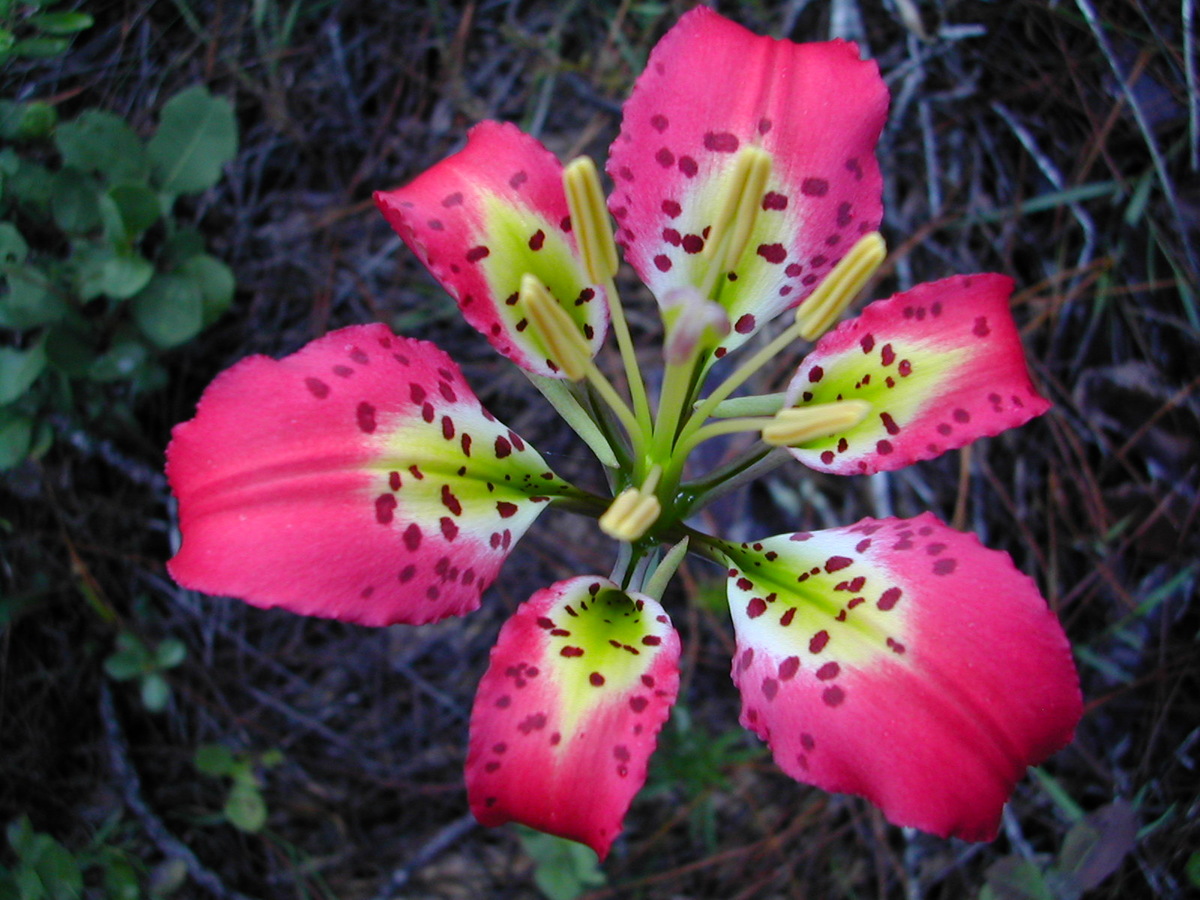
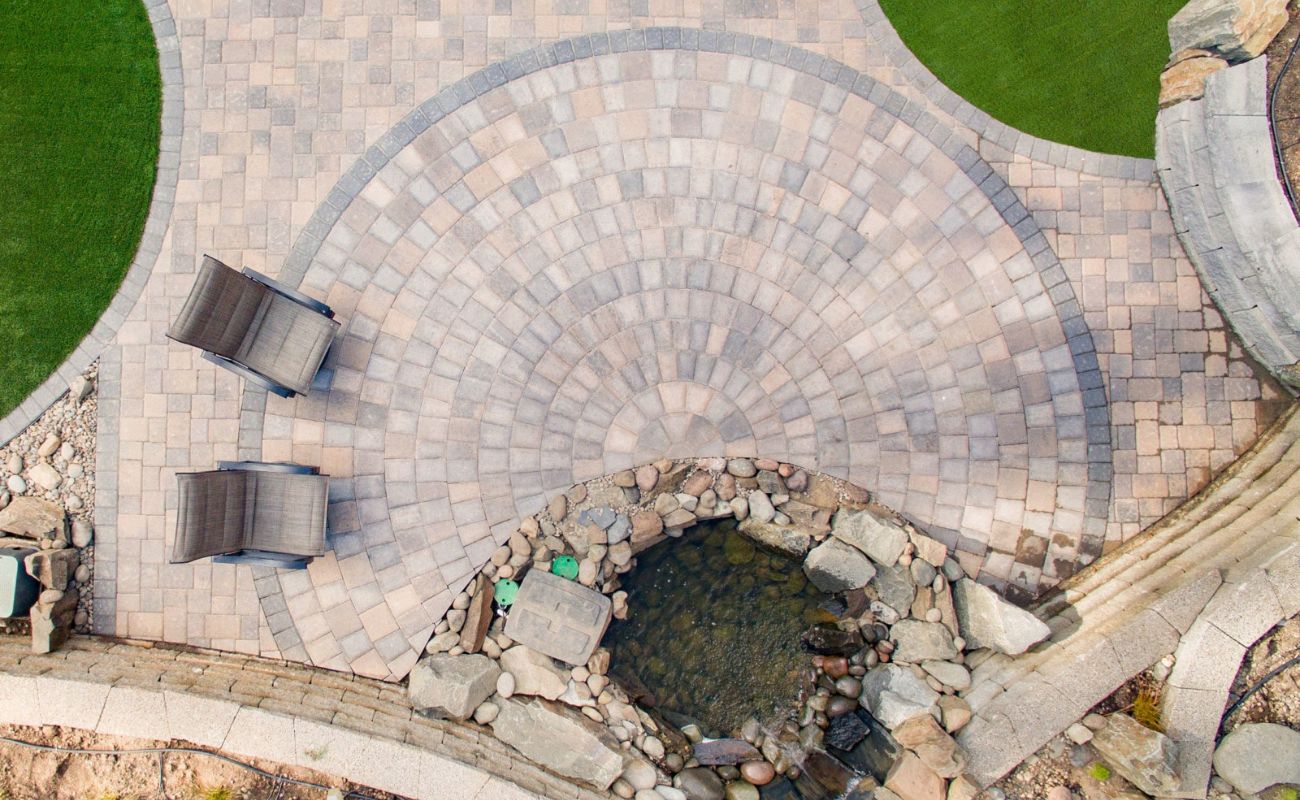
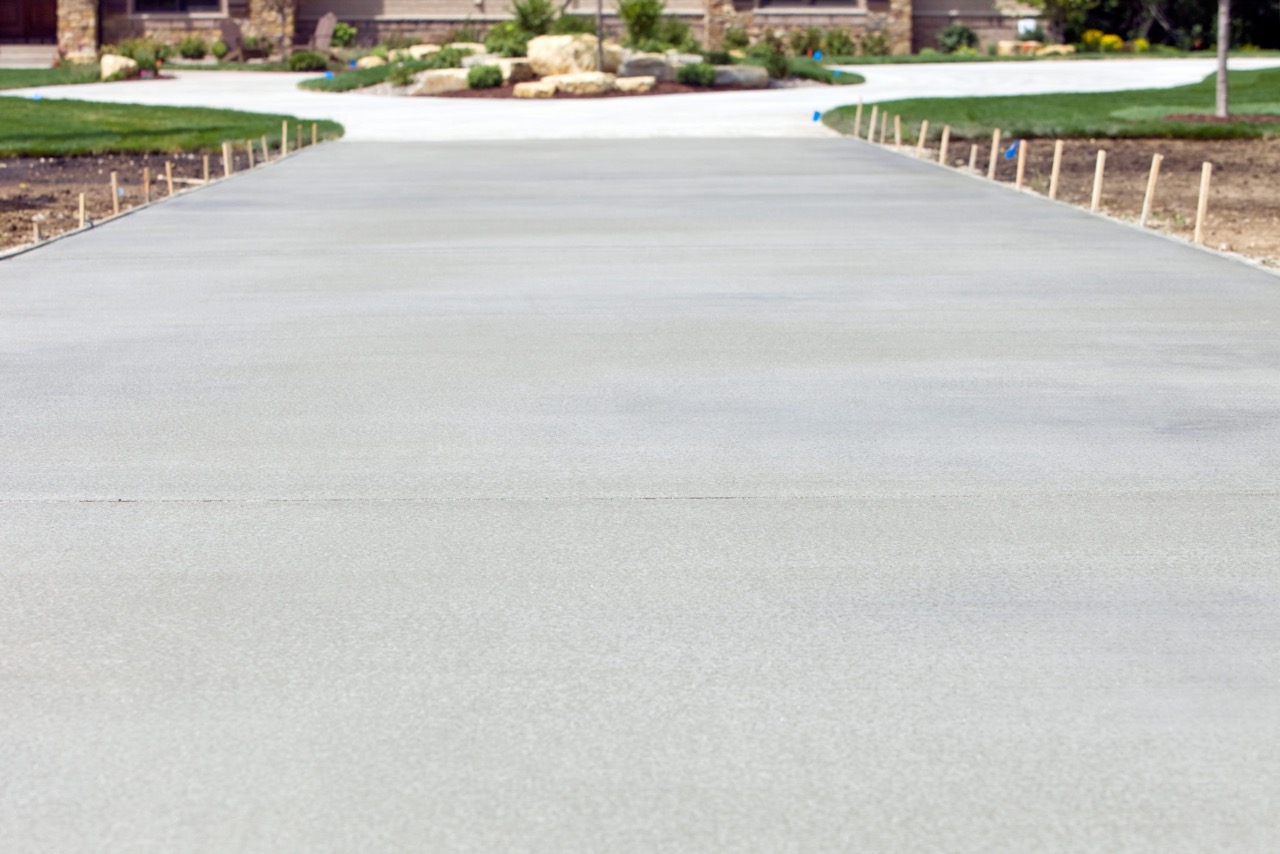
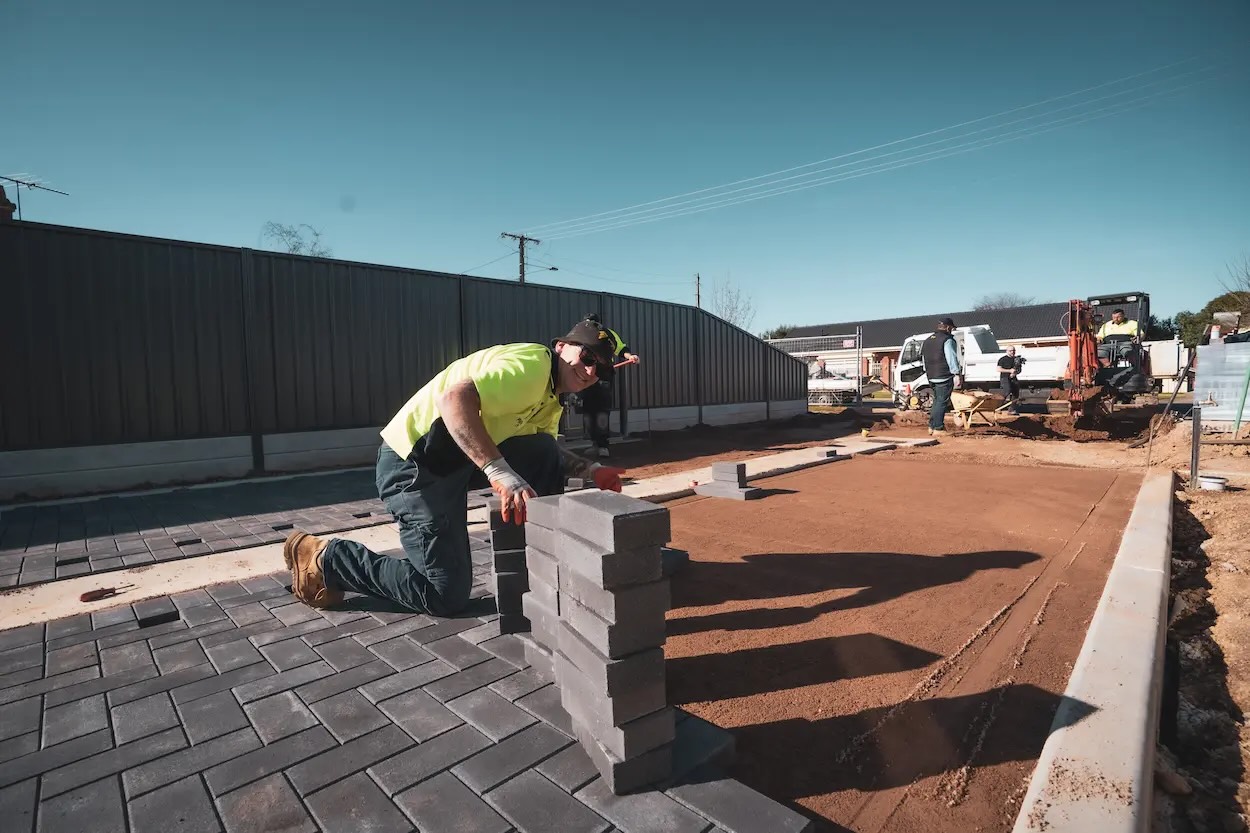

0 thoughts on “How To Lay Wildflower Turf”